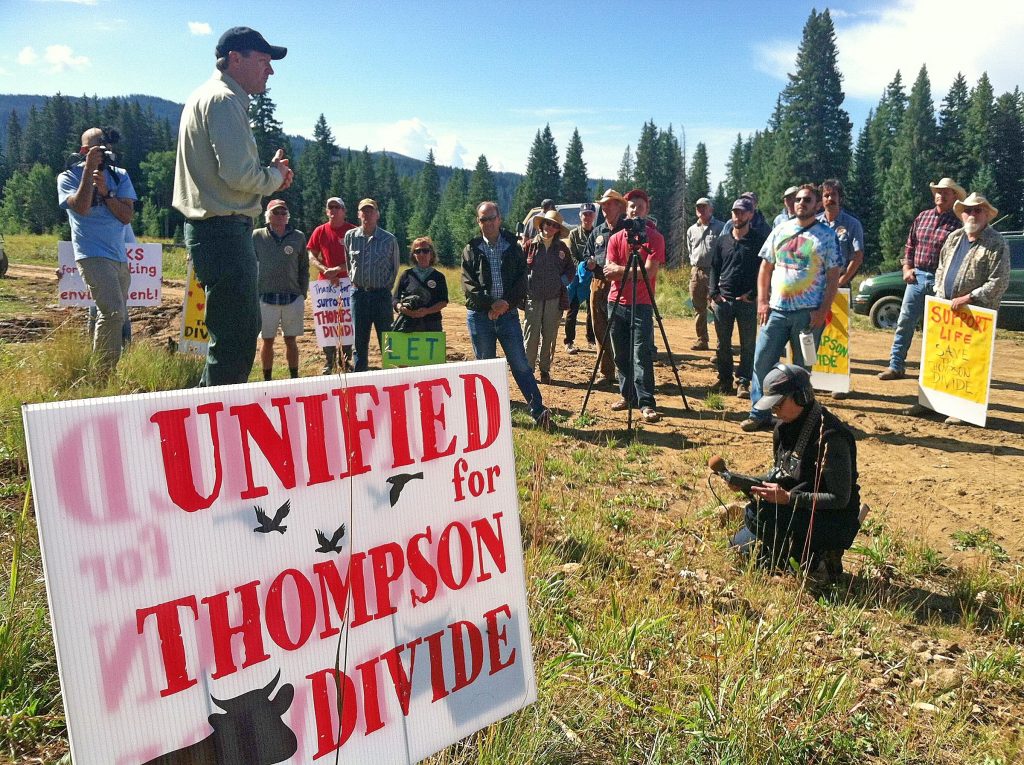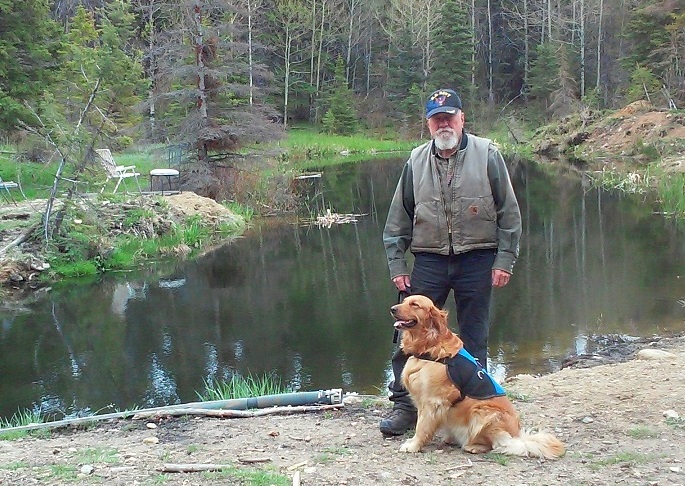
[paypal_donation_button]
Early in the Obama Administration, for instance, the government suddenly had $1 trillion for “shovel-ready” projects, and pumped $1 billion into the Forest Service to create jobs by restoring healthy forests. But the agency absorbed most of it in-house, and handed the rest out in grants for pet projects that had little to do with forests.
Greg Walcher
But I like the old tools
Last week we discussed the impact on the economy (especially housing prices) and the environment of catastrophic forest fires, which have destroyed more than 115 million acres of our national forests over the last 20 years, an area larger than California. More than 2 million acres of those once-magnificent forests were in Colorado. Conservation’s greatest legacy — the national forests — has been largely squandered in our generation, not by bad forest management, but by no management at all.
To be sure, the U.S. Forest Service has plenty of managers, but healthy forests require boots-on-the-ground activity. Instead, USFS leaders spend their time arguing about what to do, and justifying it to interest groups and courts. Congressional committees argue, too, mostly about funding levels for various USFS programs. Officials in both parties, throughout the last four administrations, have spoken publicly of the need to return active management to our forests, to partner with the timber industry to thin the forests back to a more natural level.
Mostly, officials have thrown money at the problem, very little of it reaching actual forests. Early in the Obama Administration, for instance, the government suddenly had $1 trillion for “shovel-ready” projects, and pumped $1 billion into the Forest Service to create jobs by restoring healthy forests. But the agency absorbed most of it in-house, and handed the rest out in grants for pet projects that had little to do with forests. Some funds were used to clear dead trees from roads and power lines, but the vast expanses of Western forests were mostly ignored, and continued dying and burning.
Former Sen. Wayne Allard secured additional funding for timber projects in the Rocky Mountain region when he sat on the Appropriations Committee. He got it done despite constant opposition by the environmental industry to any cutting of any trees, anywhere, anytime. Yet Allard’s determination did not ultimately increase the active management of Colorado’s national forests, which continue to die and burn.
A fundamental shift launched by then-Congressman Scott McInnis led to the “Healthy Forest Restoration Act,” which allowed the Forest Service to shorten the environmental reviews needed to remove dead trees and overgrowth from at-risk forests. It gave the agency badly needed tools to bypass the “normal” analysis paralysis and actually get something done. That effort also took months of work, overcoming vehement opposition from some environmental groups. It should have completely changed the way national forests are managed. It didn’t, for one simple reason: the USFS didn’t actually want new tools, and has mostly declined to use them.
[wp_ad_camp_1]
Today, the national forests are in even worse condition. A swath of dead trees stretches from New Mexico to British Columbia, and out-of-control wildfires rage across the West.
This year, Congress’s only trained forester, Bruce Westerman (R-Ark.), is pushing a bill called the Resilient Federal Forests Act, another attempt to give land managers new tools to manage our dying forests. It would end the perennial borrowing from the USFS timber program to fight fires, and again empower managers to short-circuit the environmental review process for timber sales, where catastrophic wildfire or insect infestation threaten municipal watersheds. It would encourage removal of dead trees after wildfires, and fast-track forest projects developed through local collaboration, such as the inclusive approach pioneered in Delta and Montrose Counties. It would provide alternatives to the lawsuits that plague most timber sales. It is a good bill, and Congress should pass it. But will the USFS use these new tools?
Nick Smith, executive director of Healthy Forests, Healthy Communities, estimates that USFS employees spend 40 percent of their time doing paperwork instead of managing forests, delaying projects for years. It’s not that employees lack systems to get the job done — Congress has provided them the required “tools” several times. The problem is not money — USFS’s $7 billion budget and staff of 28,000 are larger than ever. The problem is cultural.
The USFS should be run by professional foresters. Management by, and promotion of, trained foresters was the tradition in the agency for decades, but today its employees are much more varied in their training and education: biologists, engineers, teachers, ecosystem managers, environmentalists, and others. Long-time professionals in the agency are almost universally concerned that new hires and promotions frequently go to people not trained in forestry, building an agency culture that distrusts traditional management, and opposes timber sales as a management tool.
It is not clear that Congress can change this culture, but short of that, offering new tools to managers who don’t want them is like leading a horse that isn’t thirty to the water tank.
Greg Walcher is president of the Natural Resources Group and author of “Smoking Them Out: The Theft of the Environment and How to Take it Back.” He is a Western Slope native.
Free Range Report
[wp_ad_camp_3]
[wp_ad_camp_2]



